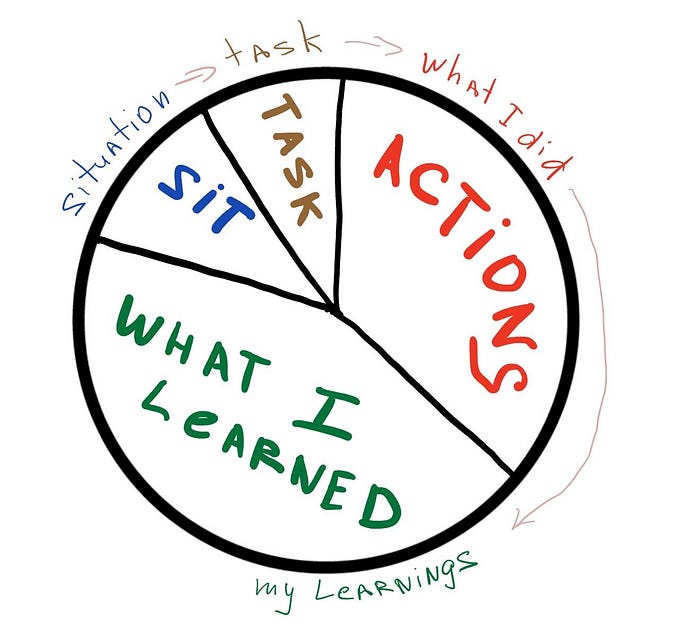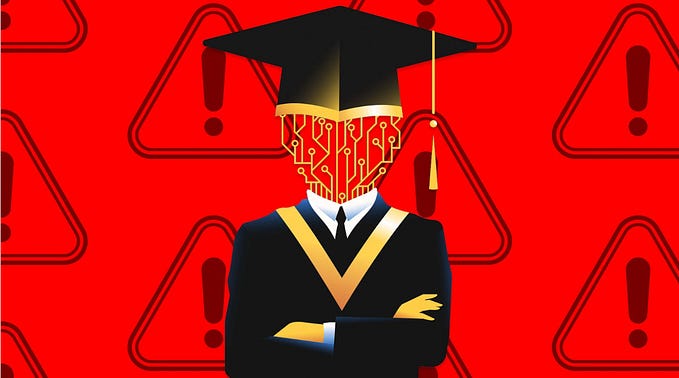How to kick-off a productive year with your team?

It’s January. Time to leave loud family gatherings with long dinner tables, take down Christmas decorations, set up the alarm back to early mornings and begin the new working year. This period of letting go the “freedom” and long sleep can often feel a little sad, and we need to put an extra effort in order to make sure we are back to giving IT ALL to work again.
How to start-up our productivity engines and tune ourselves for endless creativity and problem solving? How to make sure that we are beginning the new year with all of the great plans and learnings that we concluded when closing the previous year?
Here is the process that me and my team have gone through in order to tune back into a working rhythm.
As a Lead of UX Design at XebiaLabs, I wanted to make sure that my team is starting a year focused and sharp. After being busy with running lots of different projects, workshops and assignments — it is good to take a moment to do some analysis, review team setup and purpose, to make sure that we are on the right starting line.
During the first week of January, I’ve invited my team for a full day off-site meeting to go over few exercises that I will describe below.
1. Start from looking back
We have began with looking back at the work that was done in the previous year. The goal for this first exercise — is to warm up the team for more serious discussions later, and remind everybody where we left the work last year.
Process is simple — ask every member on a team to name one thing that they are most proud of finishing last year. Allow others to comment and reflect on each point in order to have a nice discussion. Then ask every other member to do the same. If needed — complete few rounds, until everybody has named at least 1 thing.
This exercise is particularly useful because team is taking a moment to highlight the good work — this brings a feeling of great achievement and motivation for doing great work again!
2. Run a Team Canvas exercise

Now, it’s time to review team’s purpose, values and goals to see if they are still relevant for the coming year.
Many of us are already familiar with Business Model Canvas - a tool to describe, design, challenge, and pivot business model. It is being used by millions of people in companies of all sizes across the world. A similar model existing for team design - called Team Canvas. It is a framework that helps to align whole team on common vision, review (or create) team values and revisit responsibilities.
We went through each section, making sure that we answered all questions for each segment. We used stickies to write people’s answers and discussed them with the whole team, making sure to agree on all fields.
Tip: If some conversations take rather long time or seem to touch upon bigger issues, consider parking those questions during the Team Canvas session and planning a separate meeting to address them specifically.
Our take aways from Team Canvas
Discussing team goals was extremely useful. It gave us possibility to refresh and reset priorities for the new year. Old targets were not making much sense anymore — some were achieved, others are simply not aligning to company goals today.
Reviewing roles & responsibilities gave me, as Team Lead, lots of insides. This exercise revealed people’s ambitions: switching roles, learning new skills, taking over responsibilities from other colleagues.
We have also brainstormed about the skills needed on the team to perform our work. This allowed us to see what roles are missing, so we could assign them to people or plan additional hires in future. It is a great exercise to re-shuffle team structure and help people identify direction for personal growth!
Reviewing team values helped us to understand what is important to us as a team. We have came up with the following values: #WinTogether; #EveryoneIsLeader; #BeOpen; #BePassionate; #BeInnovative; #NeverStopLearning.
In case your team never exercised creating values — it is a fun and useful practice, that helps focus on what is important to YOUR team. When values are shared - they help building internal cohesion in a group.
When looking at the rules & activities that we have in place — we mostly talked about the effectiveness of our existing rituals, such as stand-ups, plannings, retrospectives, design critique sessions, even 1:1 meeting between me and each of my team members.
It gave me lots of insights about why people value these rituals and how can we can make them even more productive. We have also came up with some corrections, like moving Design Critique sessions to earlier in the week in order to have enough time to act upon them. We have also concluded that there are too few rituals focused on innovation, so we decided to run some form of UX Hackathons this year (more clear vision for this sessions will be defined later together as team).
3. Review the key relationships
Next important step - is to define parties that will help us achieve our goals in this year. Teams, who are investing time and energy into communication with other departments, can rapidly build trust that will lead to increases in productivity, output and morale in general. Therefore, next exercise will be focusing on collaboration & relationship with others.

Identify key teams for collaboration
It is important to first identify what are the departments that your team needs to work closely together to achieve the goals that were discussed in the Team Canvas exercise.
It can be difficult for team members to collaborate with other departments, if they don’t have the visibility or the understanding of how they impact the big picture. As a Team Lead, I always make sure to give a holistic view of a common goal by explaining how we can help each other.
Get involved in other departments’ processes
Help foster such collaboration by scheduling formal team check-ins, interdepartmental reviews as well as encouraging informal “touch base” among team members.
Tip from my team: We always make sure to attend rituals of the teams that we are in a close collaboration with — Development, Documentation, Quality Assurance, Products teams. It can be hard to be present at all those meetings regularly, so we have picked a particular person from our team to attend and be responsible to bring back the information. More details about how we’ve maintain collaboration between departments in “How to get UX and DEV teams in sync?” .
Facilitate consistent communications
Long-term, successful collaboration is built upon trust and transparency. Trust is the foundation of any high-performing team and transparency is a critical element in building trust among team members.
Transparency can be achieved by helping facilitating open communication between teams, allow everybody share and express their queries, concerns or ideas. This sharing and consideration of everyone’s ideas creates a massive sense of cohesion and psychological safety, which will in return increase the teams effectiveness.
4. Identify points of attention for new year

Finally, it is time to talk about the new ideas and practices that are important to be kick-started in a new year. We achieved this by running a simple exercise: give each person couple of sticky notes and a sharpie (marker). Ask people to come up with few innovations that can be useful in next 365 days. Give it 5 minutes and then invite everyone to share the ideas.
It’s good not to limit your team’s imagination at this point! All inputs can be used as insights for team growth and innovation. In our case ideas were very diverse: from trying out a new designing software, to doing more social outings as a team!
So now we feel boosted with enthusiasm and energy to kick-start new working year. Our goals and attention points are set, key relationships are clear, so there is nothing standing in between my team and achieving our goals!
Please let me know what are the routines you are running with your team to kick-off a successful working year :)











